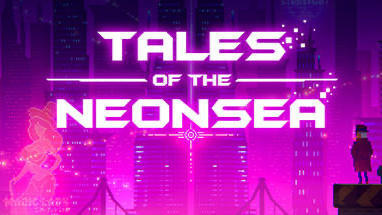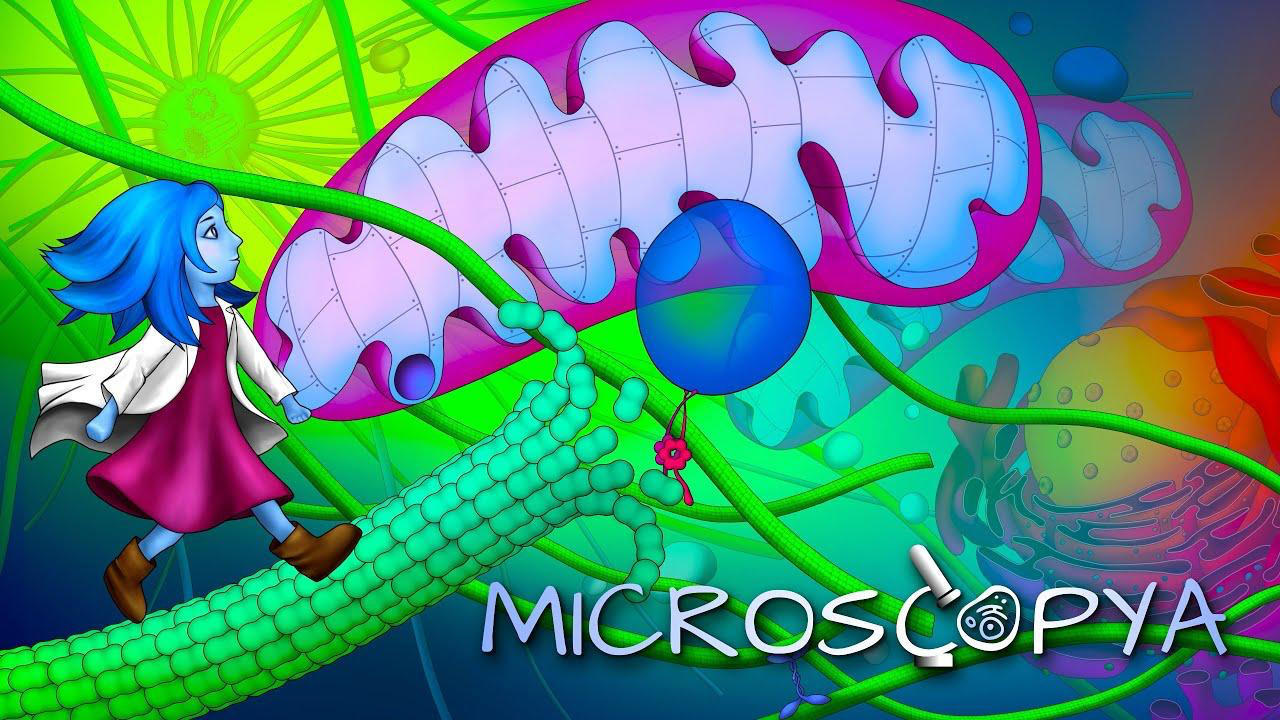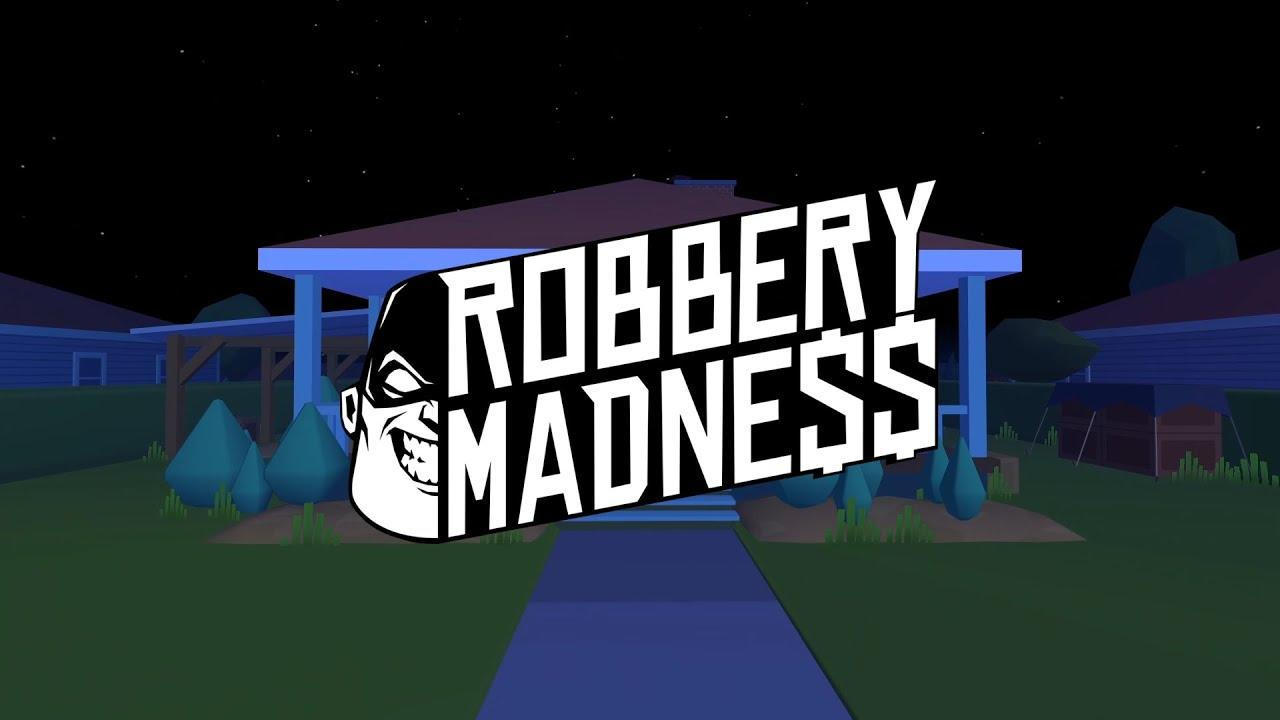So Close to Glory - Catalyst Black Review
18K View2022-10-03
2020 was a bad year for fans of Vainglory. When developer Super Evil Megacorp first published the game back in 2014, it was a proof of concept, the first indisputable evidence that the MOBA (multiplayer online battle arena) genre—popularized by PC giants like League of Legends and Dota 2—could work on mobile.
But in 2020 it all came very suddenly crashing down. With Riot Games set to release League of Legends: Wild Rift, a hyper-competent mobile version of the biggest MOBA in the world, and with the player base for this smaller contender dwindling, the decision was made to stop development on Vainglory. A final, totally free version of the game was put out as a final gift to the community, with official servers and future updates off the table.

With all that history in mind, hardcore Vainglory fans can be forgiven for the skepticism many of them felt when, one month after news of their first title’s impending shutdown, Super Evil Megacorp announced its second game, Catalyst Black. Once again tackling the mobile multiplayer space, Catalyst Black would be a true test for this developer. They had successfully emulated a popular style of PC game on mobile, but could they build something much more unique, something designed for phones from the ground up?
The answer is...sort of. But with some big, frustrating caveats.
Though it’s played from a similar top-down view and mostly on symmetrical maps, Catalyst Black is not a MOBA. It plays out more like a traditional multiplayer shooter, albeit with very MOBA-esque controls. The game doesn’t feature unique characters or classes; instead, you choose from a small number of completely cosmetic looks and what really separates you from other players is your loadout. Players can choose between different primary and heavy weapons, trinkets that provide passive buffs, a special cooldown-based power, and a mask, which determines the “Primal” that the player will be able to transform into as their ultimate.

While the lack of unique characters with vastly different traits was initially a bit disappointing, Catalyst Black certainly provides enough variety through its loadout system. Just looking at primary weapons as an example, playing with the base assault rifle pushed me toward a much more high-speed, always-moving style of play where I tried to bait out enemies while staying just out of their range. Switching to the shotgun forced me to get up close and personal, making use of the jump pads that some maps feature so I could zoom right from my spawn point to the middle of the battlefield.
While your primary gun has unlimited ammo, heavy weapons can only carry three shots that must be refilled by picking up ammo drops on the field. Similarly to the main guns, these can greatly affect your playstyle. The default heavy weapon is the Hailstrom, which launches a series of six powerful mortar shots in a small arc when used. This proved useful for punishing teams that clustered together in a group, but if I really wanted to hurt players, I had to break out the Heretic, a rocket launcher that did massive damage to a single target in exchange for being delivered via an extremely slow-moving projectile. Other options provide buffs, such as lowering your dodge cooldown after firing. There’s a lot to play with here for figuring out what best suits your style.

Perhaps the most striking choice to make in Catalyst Black, if also the most limited, is which mask to equip. As mentioned, the mask determines which Primal your character can turn into. Primals are giant transformations that feel a little more akin to traditional MOBA characters; they exchange the guns for cooldown-based abilities and more powerful regular attacks. Players begin each match with a long two-minute-plus cooldown for their Primal transformation, but they can decrease that by picking up certain power-ups dropped by computer-controlled monsters located around the map. This means that even in the simple team deathmatch mode (known here as Slayer), teams are rewarded for strategizing. If they can hunt more monsters and gather more power-ups, they can unlock their transformations faster and use their more powerful forms to beat down the opposing team.
While Primals serve as a sort of climax for Catalyst Black’s short matchups, they’re held back by one major annoyance that ends up being the source of many of the game’s problems: its reliance on loot randomization. When you start up the game for the first time, you’re given one base item for each slot in the loadout; gathering more completing quests, opening up chest (i.e. lootboxes), or—you guessed it—heading into the store and ponying up real money.

There are enough of most items in the game that you unlock them at a good pace, at least. After a couple weeks of regular play, I had unlocked a good number of options for both my primary and heavy weapons, my trinket, and my special ability. But masks are the rarest item to unlock, whether through chests or via quest rewards. I’d assume this is at least in part due to there being a lot less of them in the game. While there are between fifteen and twenty options for every other loadout item, there are only seven masks in the game so far.
I get it. Since each mask has a completely unique Primal with its own moveset, presumably they require a lot more development time and resources to create. But what that means for the player is that you’re probably just not going to have much variety to choose between in the same way as with the other items. I’ve still only unlocked two masks in total, and the second one I had to purchase from the store (thankfully using premium currency I earned through daily quests).

That reliance on lootbox design philosophy also rears its ugly head in how players progress overall. In addition to leveling up items using dust (a currency earned from basically every activity in the game), each item can be “infused” to provide it with major passive buffs and traits. Infusing an item requires finding (or purchasing) extra copies of it. Each item can be infused from its starting point of zero stars up to ten stars, and each infusion generally requires more copies of the item.
So taking the basic Sunder mask as an example: upgrading it to one star just requires one copy, which the game helpfully provides. Upgrading it to two stars requires two more copies. Three stars requires two more on top of that. In the end, bringing Sunder from zero stars to ten stars, and thus unlocking its full potential, requires an astounding ninety-one copies of the mask in total. And, again, this is for one of the item drops that just...doesn’t show up very regularly from drops. Having long-term progression and goals is great, but I can’t imagine how long players would need to stick with the game to max out one item, much less a whole loadout or multiple loadouts.

The most frustrating part about all of this poorly conceived progression and monetization is that when you get past that and into the game itself, it’s actually kind of a blast. What Super Evil Megacorp has envisioned here is something that feels much more at home on phones than MOBAs ever have. Matches generally play out in five to ten minutes versus the twenty-plus that Vainglory matches would sometimes take. Catalyst Black features several game modes, including a co-op PvE Colosseum where players team up to take on monsters. The PvE feels a bit perfunctory and simple, but it was nice to have an option for changing things up when I needed a break from the real focus, which is clashing with other players.
The most interesting of the player-versus-player modes is Hydra, where teams of five face off on a small map with three different methods of winning: You can either kill every enemy teammate three times, bring twenty shards to a control point on the middle of the map, or destroy the Overseer at the heart of the enemy team’s base. Juggling these three different objectives—both from an offensive and defensive perspective—made for some incredibly tense matches, close finishes, and exciting strategic maneuvers. The game even includes the option for built-in voice chat to allow friends playing as a group to actually plan things out.

Of course, finding friends who are playing Catalyst Black may be a tough challenge in and of itself. Though it’s only been out for a few months, it feels like the game’s population has crashed. As of the time of this writing, the Catalyst Black Reddit community has less than a thousand members, and only three posts have been submitted in the last month. Just as a point of comparison, the Vainglory Reddit community still houses over thirty thousand members and has had double the number of posts in the last day (that is, six) that Catalyst Black has had in a month.
Of the handful of posts on the Catalyst Black Reddit, one is a new player who tried the game out and was bothered by how many obvious bots were showing up in his matches—a phenomenon that I definitely witnessed as well. I suppose that’s better than being stuck in an endless matchmaking queue, but the lack of a growing or dedicated community makes it hard to want to commit to the degree that would be required to actually start unlocking and upgrading my loadouts...especially given how unceremoniously Vainglory support was dropping just a couple years ago.

On a mechanical and game design level, I have to applaud Super Evil Megacorp for what they’ve accomplished with Catalyst Black. This is a game that feels familiar but also truly unique, one that offers an experience that genuinely feels designed to play out comfortably on mobile devices. What a shame, then, that while forging their own path so successfully on one side, they fell into all of the worst habits of mobile game monetization and progression design on the other. I don’t have any brilliant ideas for how Catalyst Black should be salvaged from here, or what decisions need to be implemented to win back a disappointed community. But I can say that the base game is good enough that I hope they’re able to figure it out before it’s too late.
SCORE: 3 STARS OUT OF 5
PLAY IF YOU LIKE:
• T3 Arena. While T3 Arena is a more traditional third-person hero shooter as opposed to Catalyst Black’s loadout-based, top-down-view gameplay, they both provide similarly fast-paced matches that feel perfect for mobile. They also feature similarly questionable progression choices. You can check out my full T3 Arena review right here, or take a look at my post about how I recently fell back in love with the game.
• Being cursed with knowing what could have been. Listen, I hope with everything in my heart that Super Evil Megacorp figures out how to make Catalyst Black successful in the long run. But things seem kind of dire at the moment, and it feels totally within the realm of possibility that the game could end up shutting down in the near- to mid-future. That means you’ll have to play it now if you want the opportunity to spend the rest of your life carrying the weight of recognizing the seed for something special within this game that never was given the opportunity to blossom. Knowledge is power? No, no, I’m afraid knowledge is actually the bane of my existence.
💬 Have you played Catalyst Black? Do you think it’s in a good spot right now, or do you think the devs need to make some big changes? And if you haven’t played, what could they add to the game to make you give it a shot? Leave a comment below and I’ll be sure to reply!
CHECK OUT SOME OTHER RECENT REVIEWS FROM TAPTAP:

A Hard Boiled Thriller With Gangster Kitties - Tales of the Neon Sea Review
https://m.taptap.io/post/1753148

Let’s Take A Trip Inside the Human Body - Microscopya Review
https://m.taptap.io/post/1750498

A Thief by Any Other Name Is Still a Thief – Robbery Madness 2: Thief Games Review
https://m.taptap.io/post/1747742
Mentioned games
Comments
TapTap looks better
on the app






I just want vainglory back
2022-10-11
Author likedI'm bummed that I never got a chance to play it back then. I've heard the current community run version still has dedicated players tho
2022-10-11
id rather play a moba with analog control than this crap. sorry to say.
2022-10-11
Author liked